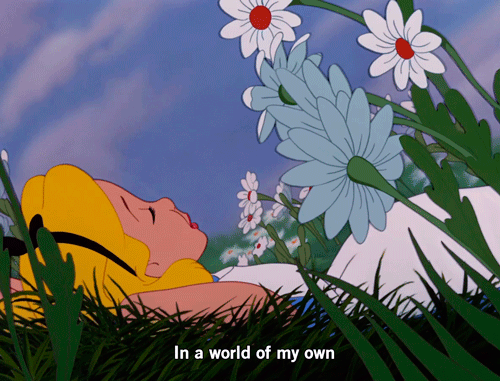#Alice In Wonderland
Text
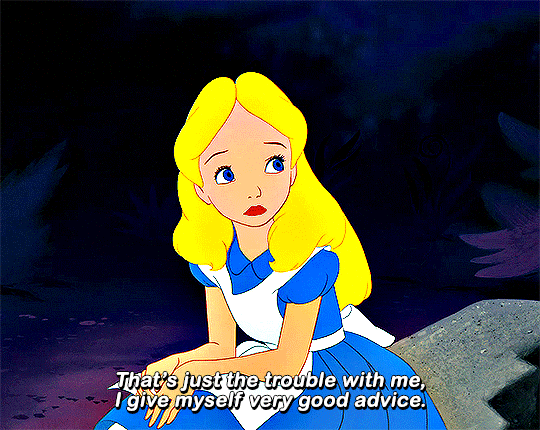
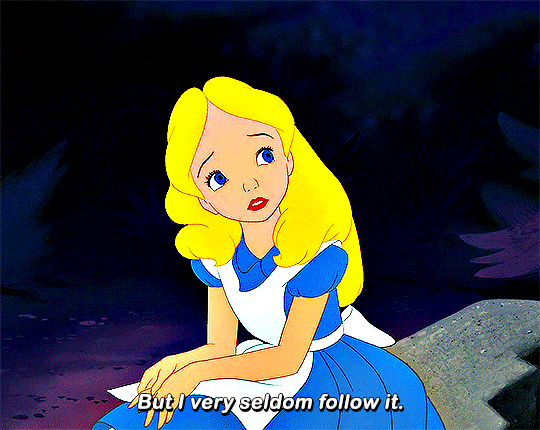
#me
Alice in Wonderland (1951) dir. Clyde Geronimi, Wilfred Jackson, and Hamilton Luske.
#alice in wonderland#fyeahmovies#disneyedit#dailydisney#fyeahdisney#animationedit#animationsdaily#userrobin#dailyflicks#userstream#usermandie#userdiana#nessa007#filmedit#filmgifs#userbbelcher#arthurpendragonns#usergiu#usersugar
621 notes
·
View notes
Text
#new horizons#colonialism#no fly list#alice in wonderland#programmer#parenthood#full metal alchemist#makoto shinkai#shoegaze#kemonomimi#transfem#area 51#gelmemeyegidenadam#gym life
130 notes
·
View notes
Text
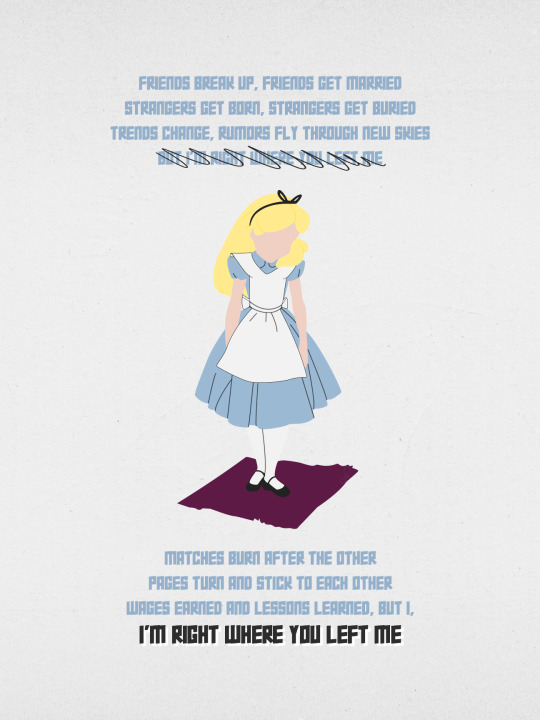


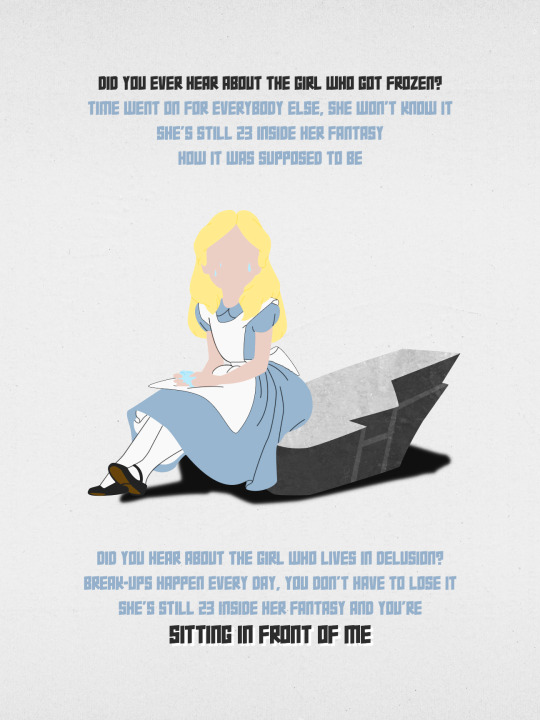
"Right Where You Left Me" by Taylor Swift + Alice in Wonderland minimalist vector posters, made with pen tools.
#taylor swift#tswiftedit#aiwedit#alice in wonderland#disneyedit#tscreators#networkthirteen#usersarh#paletmblr#lyricsedit#typographyedit#graphic design#*#alice#design#it is probably a really bad time to post this but it's been in my drafts for so long
78 notes
·
View notes
Text
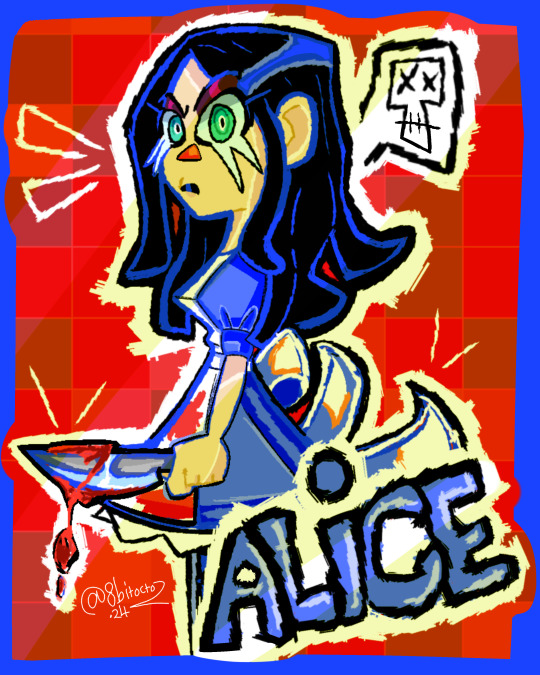
the full piece is finished! i love this game sm
#art#artist#digital artist#artists on tumblr#alice in wonderland#alice madness returns#alice liddell#cheshire cat#alice madness returns fanart#american mcgee's alice#horror games#horror fanart#horror game fanart#doodle#digital doodle#digital artwork
43 notes
·
View notes
Text
I always stood my ground when it comes to the Alice in Wonderland/Through the Looking-Glass stories. I am certain and I will defend that they are NOT fairytales, despite a mass-culture effort to consider them as such just because they want to lump together all children fiction as farytale (plus Disney's influence of course).
Thinking about it, I recently realized that I can sum up the situation perfectly by creating a triangle with two others works. The Alice books - Pinocchio - and the Oz books.
The Alice books are not fairytales, "modern" fairytales, fairytale fiction or fairytale fantasy in any way. Pinocchio, on the contrary, is what I will call for this post "fairytale fiction", and as such stands as an oposite of the Alice books. (And Oz stands in the middle between the two, I'll come back to this later). [Note: I want to precise that I am a HUGE fan of both the Oz and Alice books. I love them. So I am not saying that negatively, on the contrary, I want justice for them to be recognized as what they are.]
What makes Pinocchio a "modern fairytale", a "fairytale novel", a "fairytale fiction"? (I do not call it "fairytale fantasy" because I keep this term for fantasy works that are primarily fantasy but rely on fairytales for inspiration or motifs, such as the Narnia books, Tolkien's The Hobbit or movies like Legend or the Last Unicorn) One, the book was intended by its author to be a modern fairytale or a new fairytale. Two, the book reuses fairytale structures and archetypes. As simple as that. The Alice books, on the other hand? They were never intended to be "fairytales" and never refered to as such by their author.
Not only that, but these books lack any type of fairytale structure when it comes to the plot or narrative. In terms of structure, half of these books are to be ranged into the "allegory" genre, the "metaphorical journey" - for example Alice Through the Looking-Glass is actually a chess match, a chess game that has been narrativized and word-built to produce a children book. The other half is simply the genre these books hailed, heralded, symbolized: nonsense. The Alice books are one of the most famous displays of Carroll as the master of "nonsense". Because nonsense is a genre in itself, and the first Alice book for example, the Wonderland one, is a nonsense plot. A dream-like journey through a bizarre otherworld solely guiding by the reversal of human norms (everybody is insane, that's the normal), the twisting of what children are taught at school (Carroll playing around with everything children were given to be "equipped" in life and how it would seem absurd to them when confronted with a child-like pragmatism) and the literal application of the kind of philosophical and metaphysical questions children would be faced with. Alice in Wonderland is a "nonsense philosophical" story - in France we have a genre matching the "fairy tale" (conte de fées) which is the "philosophical tale" (conte philosophique), most famously represented by Voltaire's works. Alice in Wonderland is a nonsense philosophical tale, not a fairytale.
Yes, the world Alice encounters is filled with talking animals, magical royalty, and other monsters... But they are not fairytale archetypes or even "types" at all. And that is where things are interesting. Because too many people forget what the worldbuilding of the Alice books is, what the "rules" for creating the worlds Alice visits are.
Yes there are bizarre creatures - but they are creatures born out of puns. The Alice worlds are words of wordplay - Carroll created half of his characters simply by playing on the several meanings of a same word, or by breaking down in a literal way a common name, or even by applying expressions in a pragmatic way. Remember: the Mad Hatter and the March Hare are simply Carroll deciding to use two common sayings about madness as literal characters.
Yes, there are talking animals - but they're not out of fairytales. They are out of NURSERY RHYMES. And there's a big difference. In fact, while I refuse to call the Alice books "fairytale fiction" I do recognize their nature as "nursery rhyme fiction". The Queen of Hearts, Humpty Dumpty and many more were straight up lifted from nursery rhymes, and the entire books rely on the memorizing, parodies and twisting of the nursery rhyme genre.
Finally yes, there is magical royalty, but they are just caricatures of the real-world. The Alice books are meant to mock and caricature the society they were created into - such as how the Red Queen of Through the Looking-Glass is meant to embody strict rules children had to learn and those harsh nannies obsessed with etiquette and how nonsensical the rigid politeness could be. Quite a handful of the characters Alice meets are simply references to real-life people (starting with the Dodo which is Carroll himself, or even Alice herself who is the fictional version of the girl the story was meant for) - and if people did a bit of research they would find that Carroll wrote quite a bit about the intended personality of the characters (he notably described extensively what kind of "person" the White Rabbit was supposed to be).
So... The Alice books are nonsensical philosophy for children, and a comical caricature of society, and a nursery rhyme fiction. But they are not "fairytale fiction" or "fairytale inspired" in any way. Unlike Pinocchio which does deserve its fairytale status, and is an emblem of what fairytale fiction is.
I promised you some Oz so here's my stand... The Oz books started out as a fairytale fiction comparable to Pinocchio. When Baum wrote his first Oz book, "The Wonderful Wizard of Oz", he explicitely intended it to be a modern American fairytale able to rival with European classics. The novel reinvents several fairytale archetypes (such as the witch, the talking animal, the wizard), and applies a certain fairytale structure to its narrative. When Baum wrote a sequel to this book, when book 2 of Oz came out, "The Marvelous Land of Oz", Baum kept it a fairytale fiction. We still had a fairytale structure, a fairytale motif, and fairytale archetypes. This second novel was much more extravagant and bombastic (because it was actually created as a tie-in with the Oz stage extravaganzas Baum had created, hence the "dramatical" and "theatrical" nature of this second book), but it stayed fairytale fiction. And the same can be said of book 3.
However, by the fourth book (Dorothy and the Wizard of Oz) onward, Baum, who was fed up with Oz and only continued because he needed money+ audience pressure, dropped the "fairytale fiction" and rather turned the Oz series into basically something similar to the Alice books. He didn't do full nonsense like Carroll but he did two things that made these books "American Alices". 1) He dropped fairytale-narratives like (go on the quest to kill the witch, go on the quest to obtain your wish, undergo this journey to free the trapped royals) for an absence of real plot similar to the Alice books. Stories start randomly, characters find themselves in a new place for no real reason, they travel through bizarre lands, encounter excentric characters, return home at the end. And that's it. Baum didn't bother with a plot anymore since he knew what kids wanted was just see more of this world and that was it. 2) Over-reliance on punny worldbuilding. This is one of the greatest feature of the "late" Oz books: to create his world, Baum massively uses (if not excusively) puns and wordplays, from which are born entire lands and people - thus making it very similar to the Alice books where the Wonderland and Looking-Glass lands precisely exist to warp language.
As such, this is why I consider the Oz series to stand perfectly between Pinocchio and Alice - it started out as a fairytale fantasy similar to Pinocchio, and then it drifted to a "nonsensical childhood marvel fantasy" a la Carroll's Alice.
#alice in wonderland#alice through the looking-glass#alice books#lewis carroll#oz books#the wizard of oz#oz series#l. frank baum#frank baum#baum#pinocchio#fairytale fantasy#fantasy fiction#nursery rhyme fiction
53 notes
·
View notes
Text

POV your RUINT the fuckint tea party
42 notes
·
View notes
Photo

Source details and larger version.
I'm collecting some weird, rare variants of Alice in Wonderland imagery.
28 notes
·
View notes
Text

Somehow im all of these characters all at once
#will byers#mike wheeler#stranger things#charlie kelmeckis#the perks of being a wallflower#robin buckley#bubbles#power puff girls#shen qiao#a thousand autums#alice kingsleigh#alice in wonderland#sweetie belle#fluttershy#my little pony#kin list#YEAHHHHHH
21 notes
·
View notes
Text
Allie in Wonderland…

One pill makes you larger…
And one pill makes you small…
And one pill makes you horny apparently…
*And the ones that mother gives you… will prevent pregnancy but do not protect against STDs…
20 notes
·
View notes
Text
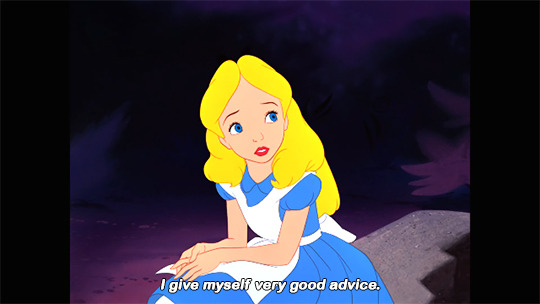



If you're looking for Alice, she's not here. She's gone! Off with the shadows, into darkness.
21 notes
·
View notes
Text
Now in weird ships: Apple White X Alistair Wonderland, in favor to my autistic child on me that considered that's possible. Now I love lesbians and Apple x Darling but I made it for mini Atzin.
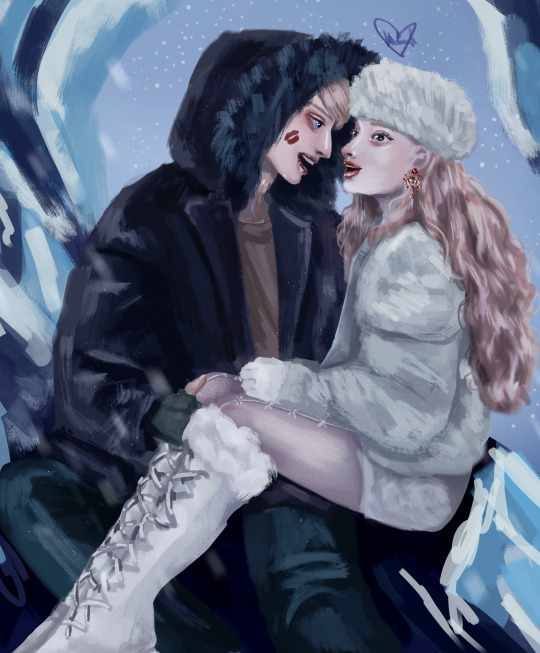
#ship art#artists on tumblr#semirealism#apple white#fanart#ever after royal#ever after high#alistair wonderland#alice in wonderland#straigt couples now bore me#wtf they look like cousins#i'm gay
20 notes
·
View notes
Text
I love fairytale retellings in books and fanfiction but one that isn’t used enough is Alice in Wonderland and it would fit perfectly with Batman especially because of the Mad Hatter
20 notes
·
View notes
Text










Alice in Wonderland Dividers
#cute#kawaii#2000s#cyworld#sayclub#2000s web#sayclub dolls#pixel gif#pixel aesthetic#cute pixels#pixel art#pixel animation#pixel graphics#pixel illustration#pixel sprite#pixelated#2000s internet#alice in wonderland
16 notes
·
View notes
Text
in almost every other children's book where the main heroine is swept away to a land of whimsy she's shown having a lovely time; braving dangers occasionally, trying to find her way home, sure, but ultimately delighting in the magic around her. meanwhile alice spends her entire time in wonderland like

#alice in wonderland#alice's adventures in wonderland#books#classic literature#swift-tricker's posts
130K notes
·
View notes
Text

she’s so cool
#alice in wonderland#alice madness returns#american mcgee's alice#cheshire cat#alice madness returns fanart#alice madness returns art#alice in wonderland art#alice liddell#horror#horror games#horror art#artists on tumblr#my art#artwork#digital art#digital artist#digital doodle#doodle#ibispaint art
24 notes
·
View notes
